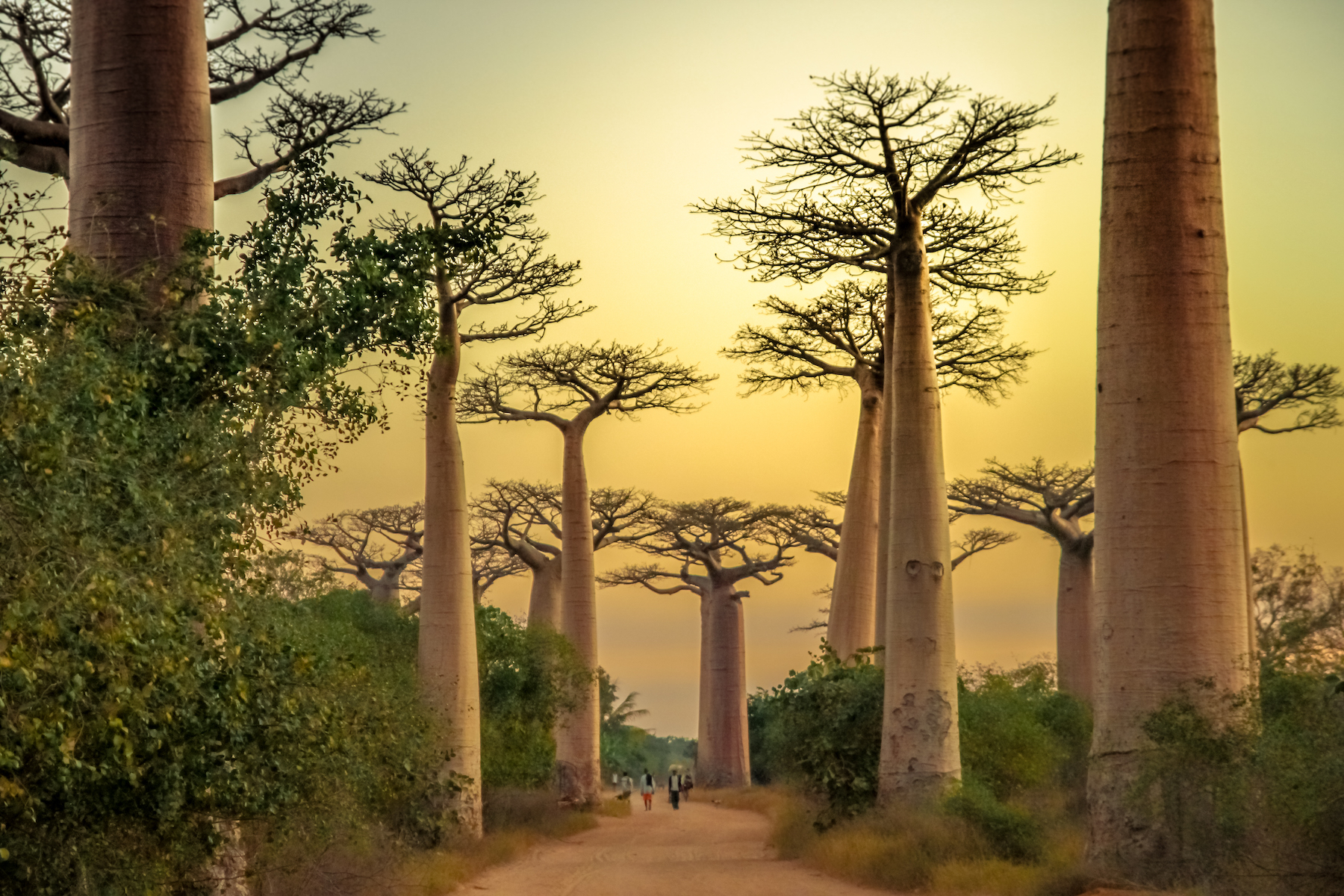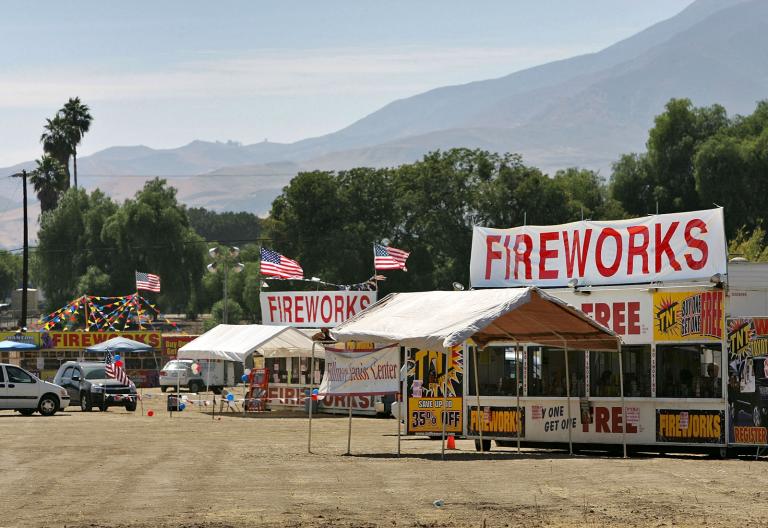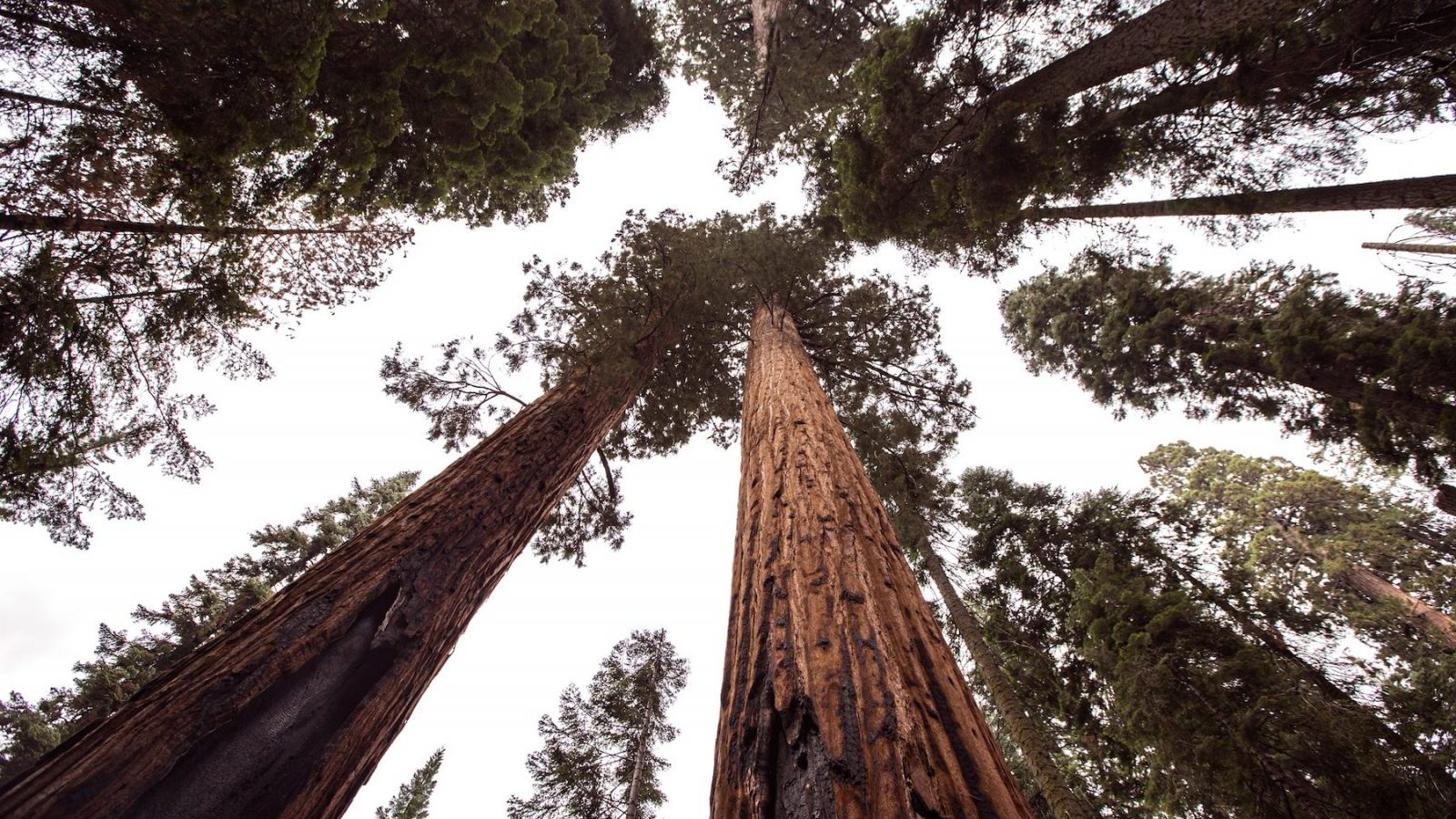This story was originally published by Yale Environment 360 and is reproduced here as part of the Climate Desk collaboration.
Some 56 million years ago, just after the Paleocene epoch gave way to the Eocene, the world suddenly warmed. Scientists continue to debate the ultimate cause of the warming, but they agree on its proximate cause: A huge burst of carbon dioxide entered the atmosphere, raising Earth’s average temperature by 7 to 14 degrees Fahrenheit. The Paleocene-Eocene Thermal Maximum (PETM), as this event is known, is “the best geologic analog” for modern anthropogenic climate change, said University of Wyoming paleobotanist Ellen Currano.
She studies how the PETM’s sudden warmth affected plants. Darwin famously compared the fossil record to a tattered book missing most of its pages and with all but a few lines obscured. The PETM, which lasted roughly 200,000 years, bears out the analogy. Wyoming’s Bighorn Basin is the only place on Earth where scientists have found plant macrofossils (visible to the naked eye, that is) that date to the PETM. The fossil leaves that Currano and her colleagues have found there paint a vivid portrait.
Before the PETM, she said, there lived a forest of cypress, sycamores, alders, dogwoods, walnuts and other species, all of them suggestive of a temperate climate — a bit swampy, perhaps not unlike that of the southeastern United States. Then, with the onset of the PETM, that forest disappeared, its trees vanishing from the fossil record. “During the climate event you have a nearly complete turnover of plants,” Currano said. A new forest appeared, this one consisting of palms, heat-tolerant members of the bean family, and other plants evocative of the semi-arid tropics.
It is a story repeated throughout the fossil record: When the climate changes, so does the arrangement of the world’s plants. Species move back and forth toward the poles, up and downslope. Some species grow more common, others rarer. Species arrange themselves together in new combinations. The fossil record reveals plants for what they are, as mobile beings. For plant species, migrating in response to climate change is often a matter of survival.
As human-generated greenhouse gas emissions cause the world to rapidly warm, this movement is once again under way. Scientists have observed plants shifting toward the poles and upslope. They’ve noted old ecosystems suddenly replaced by new ones, often in the wake of fire, insect outbreaks, drought or other disturbances. They’ve observed an increase in the number of trees dying and watched as a growing number of the world’s biggest and oldest plants, including the baobabs of Africa and the cedars of Lebanon, have succumbed. Just this month, scientists announced that the Castle Fire, which burned through California’s Sierra Nevada last year, singlehandedly killed off more than 10 percent of the world’s mature giant sequoias.
So far, many of these changes are subtle, seemingly unrelated to one another, but they are all facets of the same global phenomenon — one that scientists say is likely to grow far more apparent in the decades to come.
The climate is currently warming at least 10 times faster than it did at the onset of the PETM. Under its worst-case scenario, the Intergovernmental Panel on Climate Change projects that, over the next 100 to 150 years, Earth’s average temperature could rise by roughly the same amount as it did during the PETM. Dramatic vegetational shifts could arrive not in a matter of centuries or millennia, but decades; a 2019 study, for example, projected that Alaska’s vast interior forests will shift from being dominated by conifers to being dominated by broadleaf trees as soon as the middle of this century.
Scientists debate what this floral rearrangement will look like. In some places, it may take place quietly and be easily ignored. In others, though, it could be one of the changing climate’s most consequential and disruptive effects. “There’s a whole lot more of this we can expect over the next decades,” said University of Wisconsin-Madison paleoecologist Jack Williams. “When people talk about wildfires out West, about species moving upslope — to me, this is just the beginning.”
Williams is a senior co-author on a study published this month in Science that provides context on floral change in the present and recent geological past. Led by University of Bergen ecologists Ondřej Mottl and Suzette Flantua, the team of researchers used more than 1,000 fossil pollen records collected from around the world to compare rates of floral change over the last 18,000 years. It is the largest such study of its type, Williams said, representing many thousands of hours of combined scientific effort.

The researchers found that the rate of change peaked first as the world warmed at the end of the last ice age. Then, the rate of change began climbing even faster beginning between 2,000 and 4,000 years ago. This was a period when the global climate was relatively stable, so the changes were likely due to human activities. The study suggests that people, who have spent thousands of years rearranging the world’s plants for agriculture and other reasons, currently remain the strongest driver of change in the shifts of the world’s plants. But it also affirms how powerfully climate has driven change and suggests how it might again. “There’s likely a human legacy from quite some time ago,” Flantua said. “On top of that we’re adding a quite massive change in temperature. It is a dangerous combination.”
How will floral change look and feel to those living through it? While the fossil record offers a useful sense of the big picture, it is often fuzzy on the specifics, particularly at the scales of years and decades. Scientists trying to track the comings and goings of plant species in the present face a similar problem. Plants are constantly casting off seeds and spores, little genetic fingers that will grab hold wherever they are able. When physical or biological conditions change, so do the places where various plant species can find purchase; over time, the range and abundance of the whole species shifts. That’s how it works in theory, anyway. Catching it happening is another matter. To do so, scientists need long-term records for comparison. Such records are unevenly distributed around the world, and all are of either limited geographic or temporal scope; global satellite imagery, for instance, dates only to the 1970s.
Still, in the places where scientists do have long-term historical records, they’ve tended to find plants on the move in recent decades. Shrubs are popping up across the Arctic. New species of plants are colonizing mountain summits. In one of the most wide-ranging studies of floral range shifts, a group of researchers led by University of Miami ecologist Kenneth Feeley used herbarium data to track how plant communities across the Western Hemisphere had changed from 1970 to 2011. Comprising 20,000 species and 20 million individual observations, the data shows that warmth-loving plants were growing more common nearly everywhere the researchers looked, “from the middle of the Amazon to the middle of Nebraska,” Feeley said.
This type of floral change will likely often go unnoticed by people, said Yale School of the Environment geographer Jennifer Marlon, who studies the public’s perception of climate change. People, she said, are attuned to the wild variation between days and weeks and seasons, not the long-term shifts wrought by the changing climate. People also tend to have a short memory of their surroundings, a phenomenon known as the “shifting baseline.” “We just forget very quickly what the baseline was,” she said. “We tend to normalize change around us.”
The species whose migration we’ll likely notice first are those of agricultural, commercial or cultural importance. University of Maine paleoecologist Jacquelyn Gill points to sugar maple, whose range scientists project will shift far to the north in the coming decades. “As an ecologist, I’m happy that sugar maple is tracking the climate,” Gill said — it is a sign of resilience. On the other hand, she said, “As a person who lives in Maine and loves maple syrup, I am extremely concerned for the impact of sugar maple’s movements on a food I care about, on my neighbors’ livelihoods, and on the tourist industry.”
These shifts in species’ ranges also have serious implications for conservationists. Experts say the changing climate means that Sequoia National Park will eventually be left without its sequoias, Joshua Tree National Park without its Joshua trees. As with Gill’s sugar maples, this is distressing from a human perspective, though potentially of little importance from the plants’ perspective. The question is whether sequoias, Joshua trees, and countless other plants will be able to reach newly suitable habitats. For decades, scientists have debated whether plants would be able to track the rate of climate change, and whether people should intervene to help rare, isolated species reach more suitable habitat.
On the one hand, fossil evidence from the late Pleistocene and early Holocene suggests that some species can migrate quickly, perhaps more than a mile per year. On the other hand, studies in Europe and North America suggest that many tree species did not keep up with the climate as it warmed at the end of the Pleistocene.
The fossil record is clear on one point, said Steve Jackson, an ecologist and director of the U.S. Geological Survey’s Southwest and South Central Climate Adaptation Science Centers: Each of the world’s 400,000-odd species of plants will respond differently to the changing climate. Changing conditions will tip the odds of competition toward some, away from others. Today, for example, the ponderosa pine is the most widely distributed pine tree in North America, growing from British Columbia to California’s Mexican border and as far east as Nebraska. It stands alongside sagebrush, creosote and saguaro as a floral symbol of the arid West.
But at the height of the last ice age, 20,000 years ago, the tree seems to have been exceedingly rare, apparently confined to a couple tiny patches of Arizona and New Mexico. “Climate change is not going to affect everyone equally,” Jackson said. “There are going to be winners and losers.”
Not all of the rearrangement of the world’s flora will happen slowly or subtly. As Gill pointed out, for the composition of an ecosystem to change, members of new species need to arrive, but members of old species also need to make way. “Death has to be part of that story,” she said. Mature plants, especially long-lived plants like trees, are often capable of surviving under physical conditions that no longer suit their seedlings. “Trees can hang out a really long time in unsuitable climates and just not reproduce,” she said. Like a rubber band, this disequilibrium between plants and environment stretches and stretches. When the mature plants die, the tension is suddenly released. New species flood in.
Scientists around the world have noted ecosystems transforming suddenly into new states — from dense forest to open woodland, for example, or woodland to brushland. Most often, these transformations come in the wake of a fire, insect outbreak or heat wave — all of which are expected to increase in intensity as the world grows warmer. Warmer temperatures stress plants and speed up the lifecycles of the insects that attack them. Currano and her colleagues have found that during the PETM, insects did far more damage to leaves than they did before or after.
Fire is likely to be an especially visible catalyst of change, said Marlon, the Yale geographer. The disastrous wildfires in Australia, California and the Amazon in recent years are previews of what to expect in coming decades. “We have plenty more to burn,” she said.
Some scientists expect that, in many parts of the world, floral change will remain mostly unnoticeable. Threshold-type changes, driven by fire and mass forest die-back, they say, will be concentrated in places already experiencing those events. Others think sudden changes could soon become more widespread. “The problem is, it’s not about the average conditions. It’s about the extremes,” said University of Arizona ecologist David Breshears. He pointed to a month-long heat wave that struck Western Australia in 2011. It killed 20 percent of the trees in the affected area. Such heat waves are especially deadly when paired with droughts like the one currently gripping much of the American West.
As Breshears and climate scientist Jonathan Overpeck pointed out in a recent editorial, the tendency of climate change to kill trees means that, by themselves, tree-planting campaigns won’t provide a climate-mending panacea. “The first-order action has to be emissions reduction,” Breshears said.
Currano agreed. The high temperatures of the PETM lasted for about 180,000 years. The fossil beds of Wyoming show that, when it ended, most of the species that had existed before the PETM returned. It is a sign of the flora’s resilience to climate change, Currano said: “We don’t see a big extinction event.” But that hopeful message can only be applied to the modern day if humans stop pumping carbon dioxide into the atmosphere, she said: “Otherwise we are in unprecedented conditions, and the PETM is the best-case scenario.”




